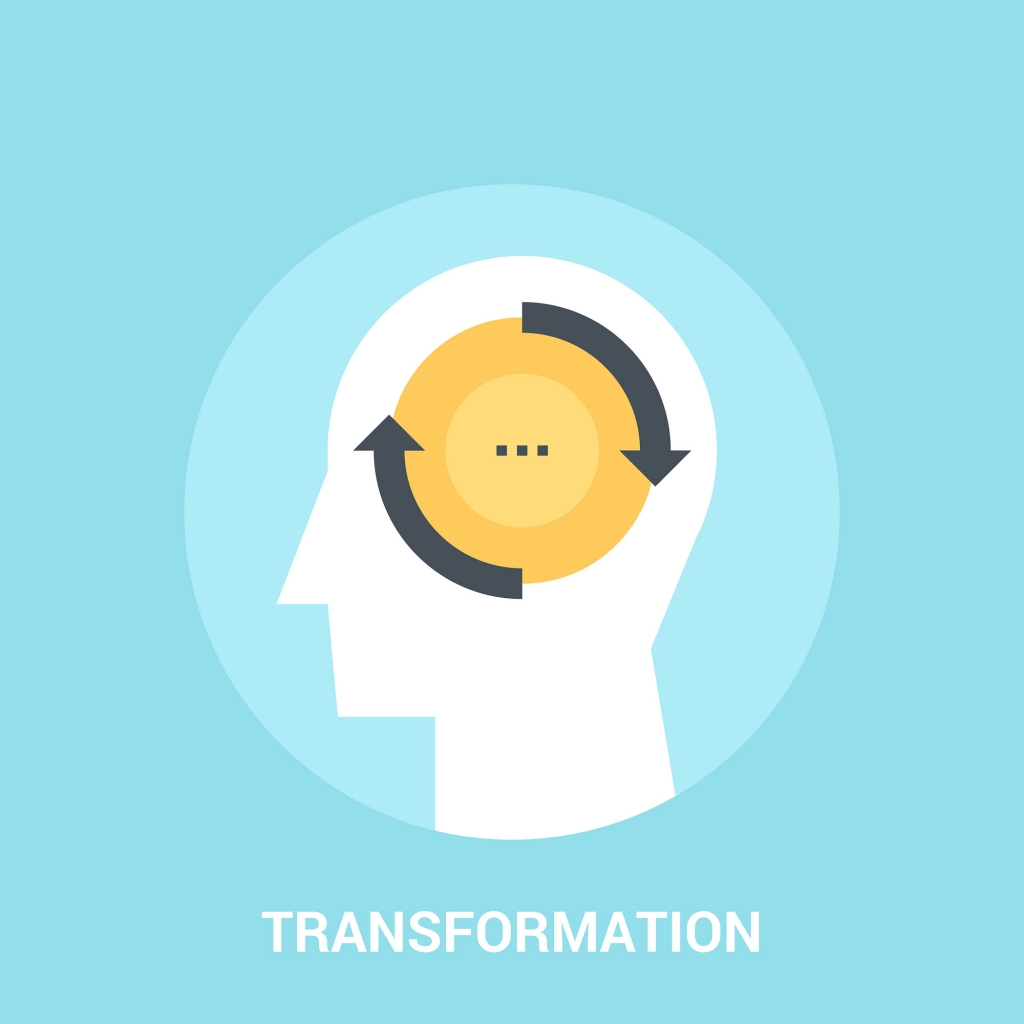How to Use Mindfulness to Help Alleviate Anxiety

When we ruminate on past mistakes or stay up late worrying about the future, anxiety results. Often, the root of our anxiety is our inability to practice mindfulness. What is mindfulness, you’re wondering? It’s a focus on the present moment, acknowledging your thoughts and feelings without judging them. And many people have found that mindfulness helps alleviate anxiety.
We find it challenging to stay present and engaged in what’s happening at the moment. Instead, we dwell on things we should’ve, could’ve, or would’ve done. Or, we stress out over what tomorrow might bring and assume the worst.
To alleviate anxiety, we have to learn how to cultivate mindfulness. This approach doesn’t mean thinking positive all the time—it means focusing on the here and now. Making this seemingly simple mindset shift can be quite tricky at first, but over time, it will become second nature.
Here’s how to practice mindfulness in your daily life to alleviate anxiety.
Body Scan
A body scan is just a fancy term for a mindfulness technique that helps you become more aware of your body. You can do this morning or night. You’ll have a few quiet moments to consider how your body feels and notice any areas of tension.
Start by lying on your back or standing up—whatever is more comfortable for you! Begin by focusing on your feet, and then “scan” upwards by shifting your attention.
As you focus on different body parts, slowly tighten those muscles, release, and then move on. You should feel loose and limber when you finish.
Meditation
Meditation is the most common way to practice mindfulness. You don’t have to be a Buddhist, or even consider yourself spiritual, to give meditation a try.
Meditating can feel a bit boring or frustrating at first, but after a few sessions, you’ll probably begin to find it very fulfilling.
You can start by committing to five minutes per day, and then slowly increase to ten minutes twice per day over a few months. Focus on your breathing in silence, or put on a guided meditation track.
Remember, meditation isn’t about clearing your mind of all thoughts. It’s about observing your thoughts, recognizing that they aren’t you, and then letting them go.
Limit Your Screen Time
If you want to become more mindful, you’ll likely want to set limits around screen time. Looking at your phone pulls you away from the present moment and distracts you.
When we have a spare minute and spend it staring at our phones, we neglect to notice our surroundings. We miss out on opportunities to connect with people around us. We get sucked into other peoples’ drama on social media and become emotionally invested in problems that have nothing to do with us.
Try to avoid reaching for your phone as soon as you wake up, and put it away well before you go to bed. Having a “no phones at the table” rule in your household can also help you practice mindfulness at mealtimes. Resisting the urge to fill every moment with scrolling can help you alleviate anxiety.
Yoga
Just as you don’t have to be a Buddhist to meditate, anyone can practice yoga and experience the benefits, and this practice is just as good for your mental health as it is for your physical health.
Can’t afford a monthly pass to a yoga studio? That’s okay—you can still reap the benefits without breaking the bank! Many cities will have donation-based yoga classes, and you can also practice solo with YouTube videos created by yoga teachers.
As you move through the poses and sync your breath with your movements, you’ll be amazed at the way your anxiety melts away.
—
Please visit the link if you’re seeking anxiety therapy in San Diego. We would love to help support you through your mindfulness journey. Contact us today to discuss scheduling your first session.
